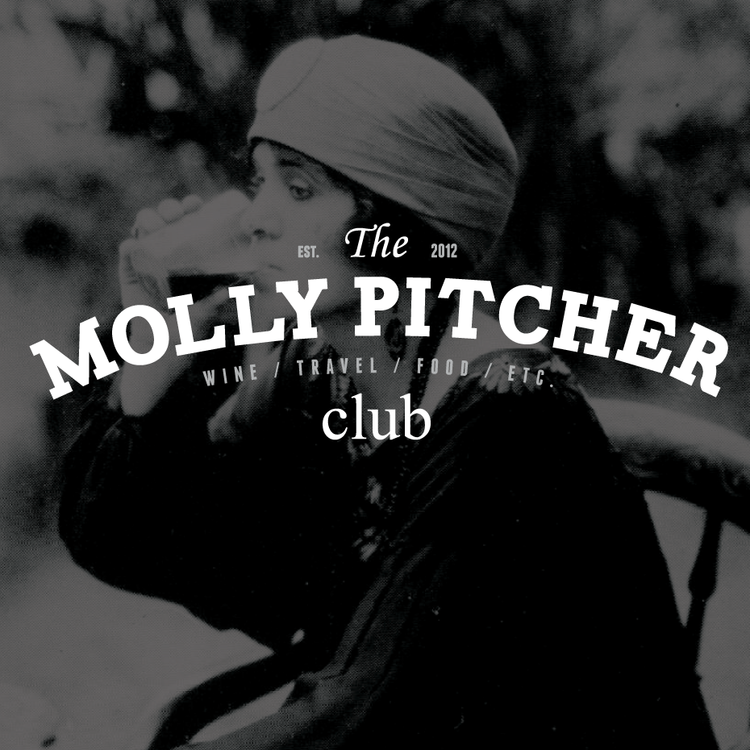Wine Reviews: Galer Estate Albariño
Happy Friday Friends!
Have you ever cleaned our your closet during those transition seasons and stumbled upon that perfect statement piece that has been missing from your life for way too long? Well, I was searching through my old drafts and found the blog equivalent of those perfect statement knee high leather boots for fall. (Or for the boys, that perfect plaid shirt. Or maybe an unopened bottle of bourbon that you put away to "age" and accidentally forgot about...)
For this post I want you to think back to almost a year and a half ago. It was April, after that insanely harsh winter. We were celebrating warm winds, spring flowers, and the hope of fun fresh white wine. I give you a post I drafted after visiting another great Pennsylvania winery.
Galer Estate.
---
Spring has finally sprung folks! And I could not be more excited! Warm weather, sunshine and wine tastings! Tons of wine tastings actually! A while back, I had the opportunity to visit several wineries in Pennsylvania and taste some delicious wine. It was a really special day for me because when I'm at my favorite winery, I usually spend my time pouring from behind the bar rather than in front tasting wine - so it was great to see what other local wineries had to offer. Two in particular were especially interesting: (1) Stargazers Vineyard and Winery (interesting post on sustainable winemaking to follow), and (2) Galer Estate Winery.
I believe I have said it before, but I will say it again, wineries are definitely the unsung heroes of happy hour! Now that I am no longer a student, but a full time employee, I have come to appreciate happy hour that much more. For me, a great happy hour has a great location, ambiance and drinks. Once location that definitely has all three (and then some) is Galer Estate Winery.
Galer Estate Winery is located in Kennett Square, Pennsylvania - close to Longwood Gardens! ThIs tasting room had a great vibe. The space has both indoor and outdoor seating. The outdoor seating overlooks a field of beautiful grape vines. Inside there is a great bar in the middle of the room where you can try the wine, check out the wine tanks, and even listen to live music. The owners also display art made by local artists on the wall, which is ever changing, and really brightens the space.
The wine was definitely just as fun, if not even more fun, than the great atmosphere. I tried several of their wines and all were delicious. However, I walked away with a bottle of their Albariño.
The 2012 vintage was 100% Albariño aged in steel tank for approximately five months. This wine smelled super fresh, with aromas of herbs, fresh cut grass and a hint of citrus. This wine was definitely what I was looking for in a Albariño, it smelled like putting your face in a tropical fruit bowl. I particularly noticed notices of grapefruit, lemon and lime.
The taste was surprisingly smooth. With most Albariños, I expect almost tingling acidity. Kind of like licking a lemon (which is something I like!). But the Albariño at Galer was super smooth, it almost reminded me of Chardonnay, until I hit the slight tang of acidity on the finish. It left my mouth watering. I think it would have paired nicely with a fish dish, like ceviche!
So if you have some time to get out of the City, Galer Estate is definitely a worthwhile stop!
Cheers!





